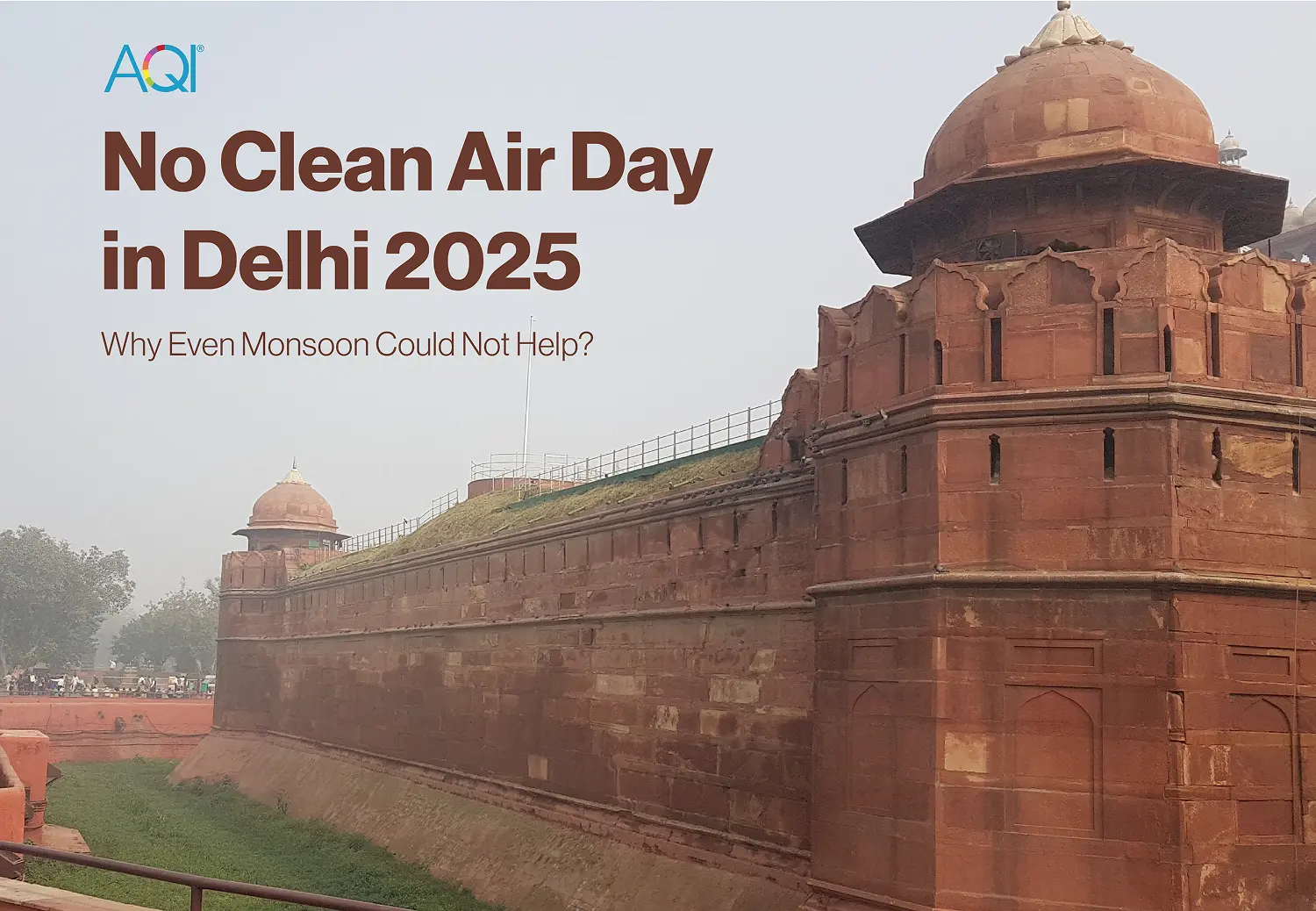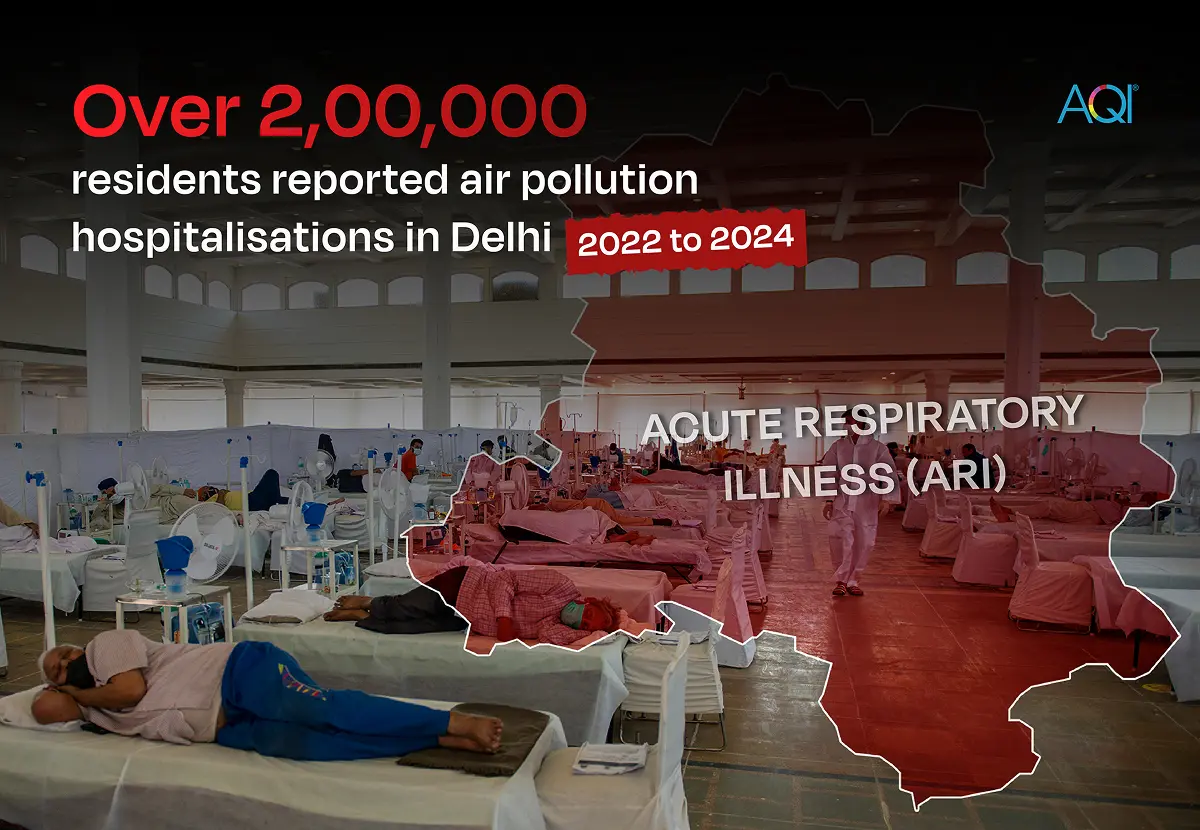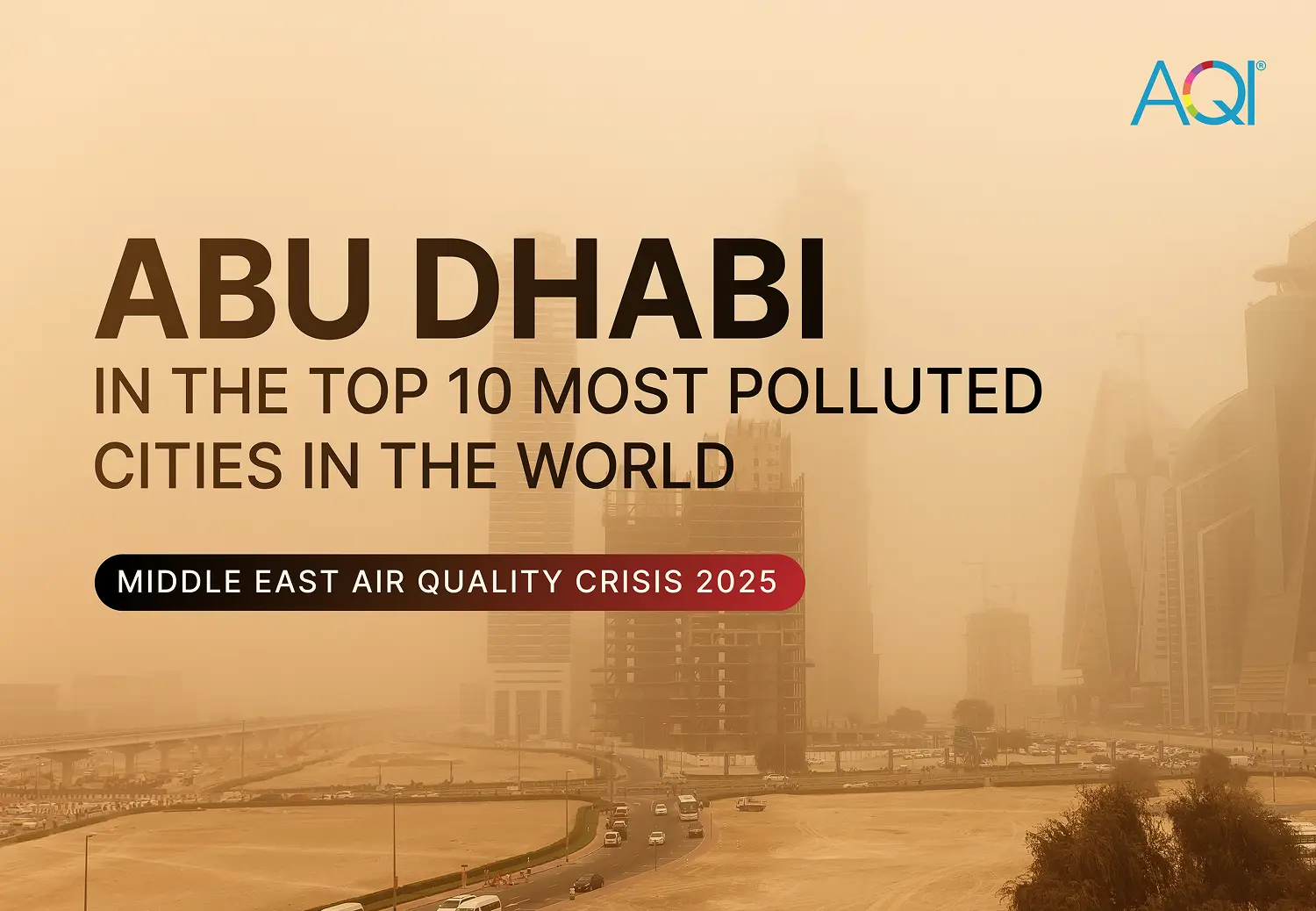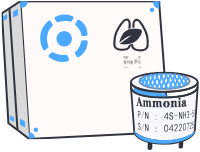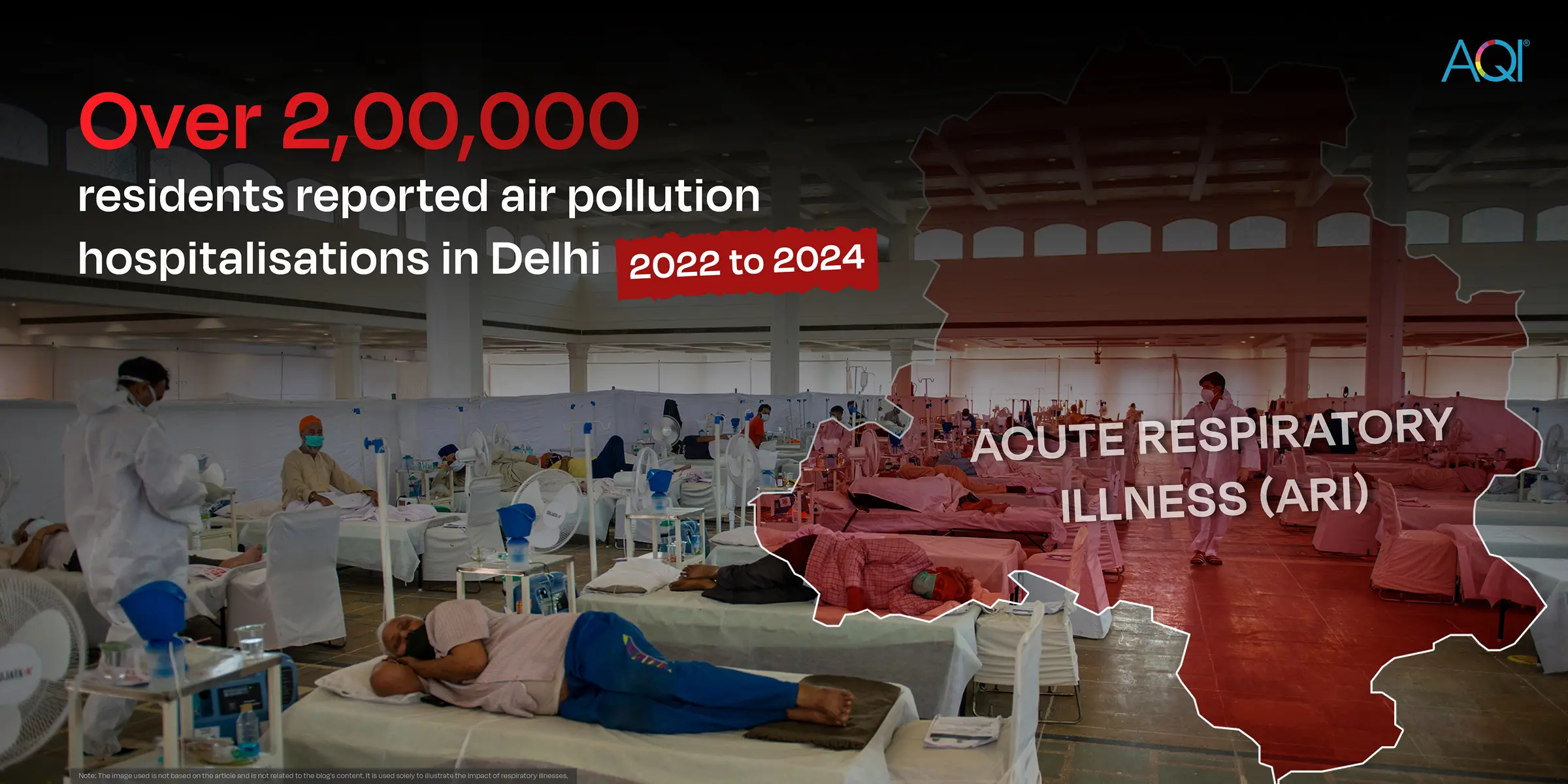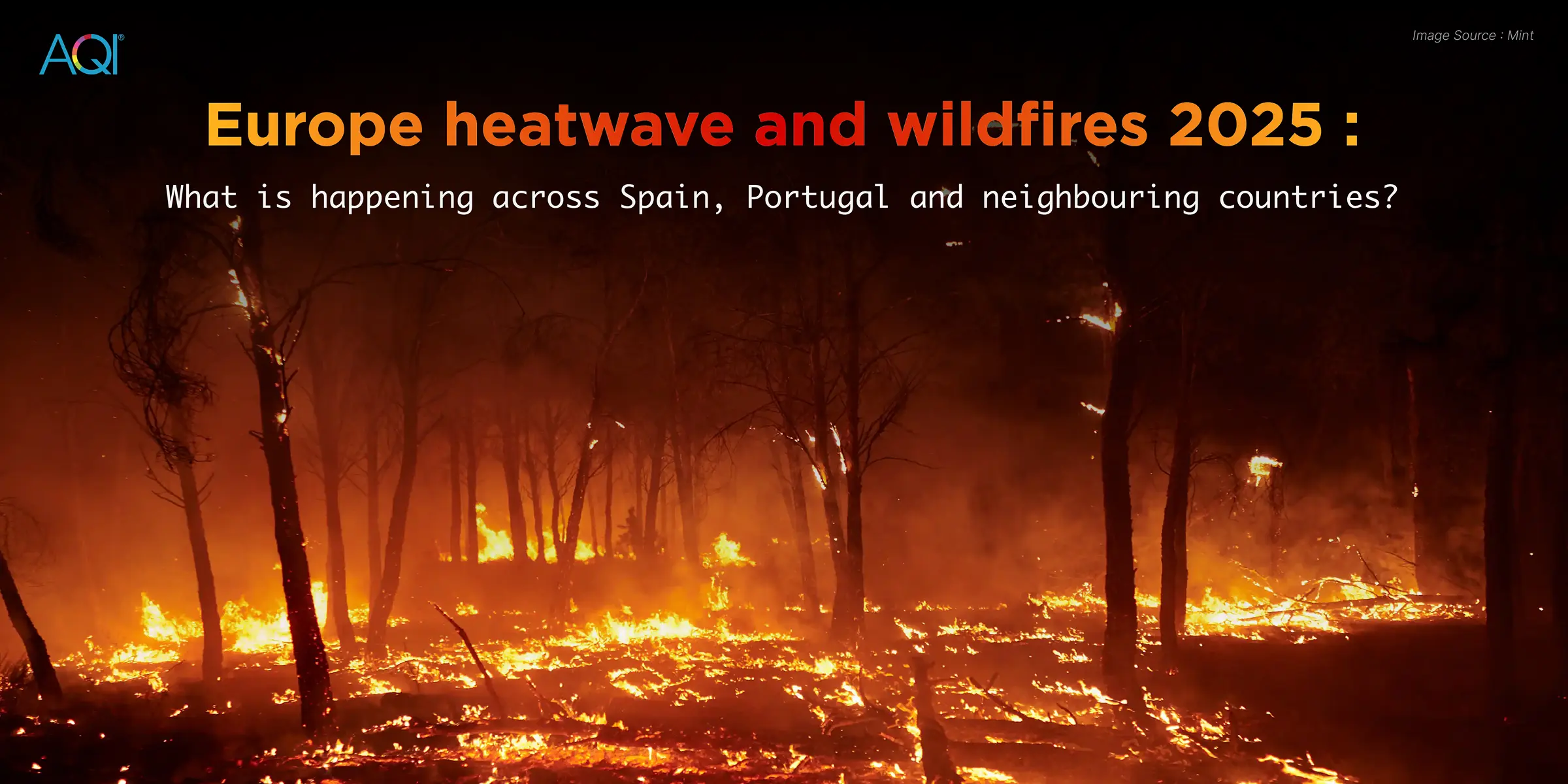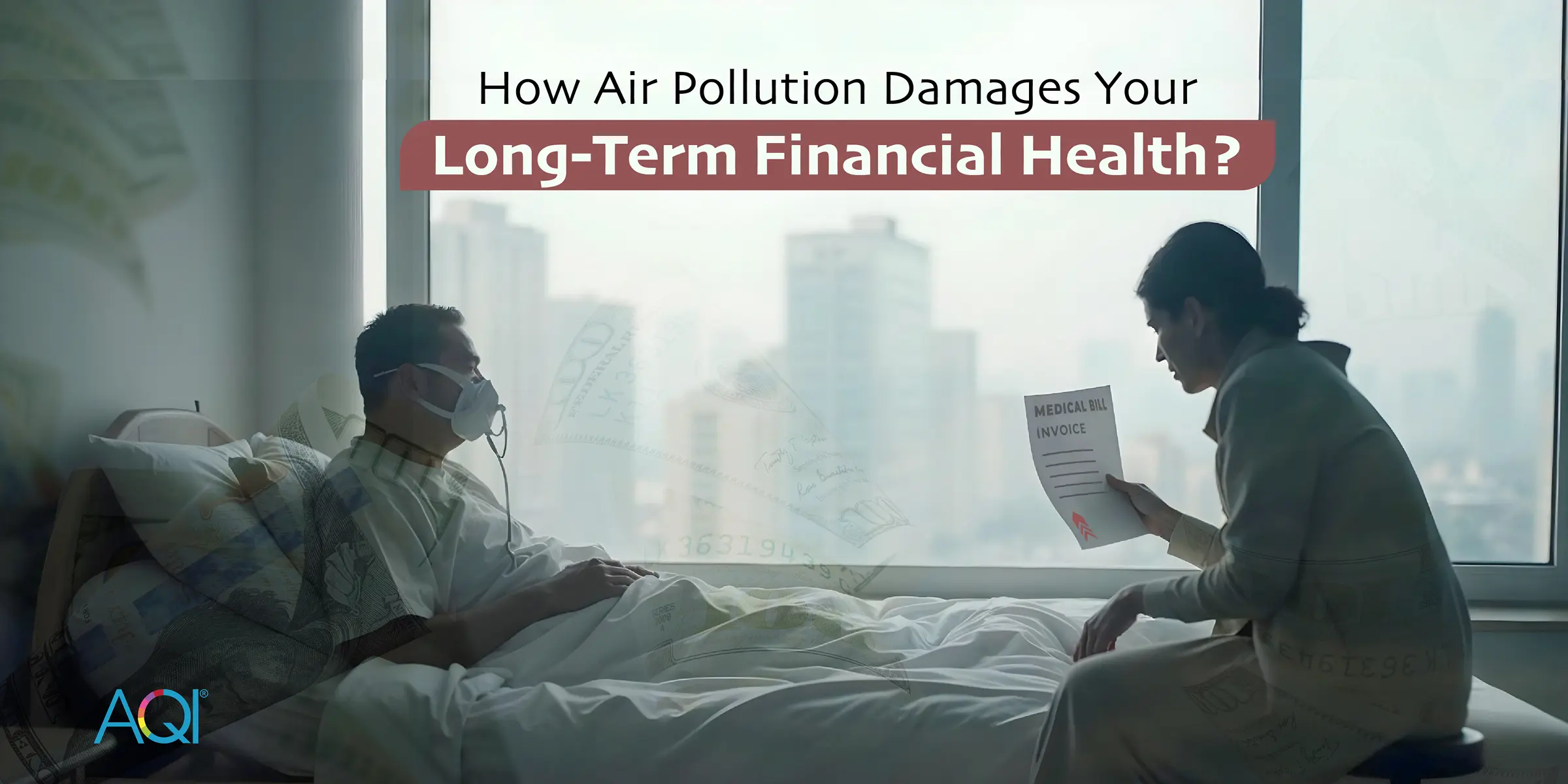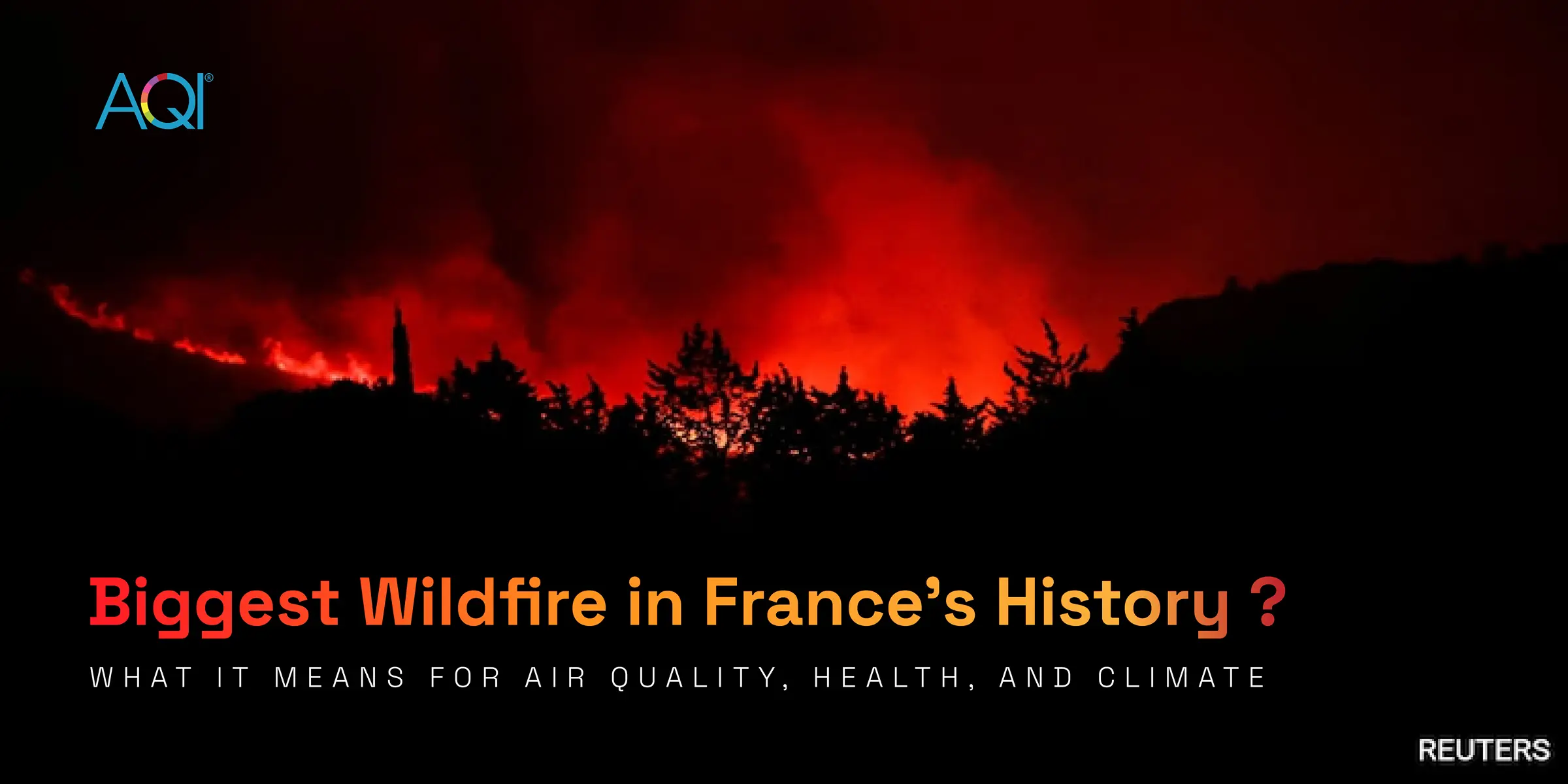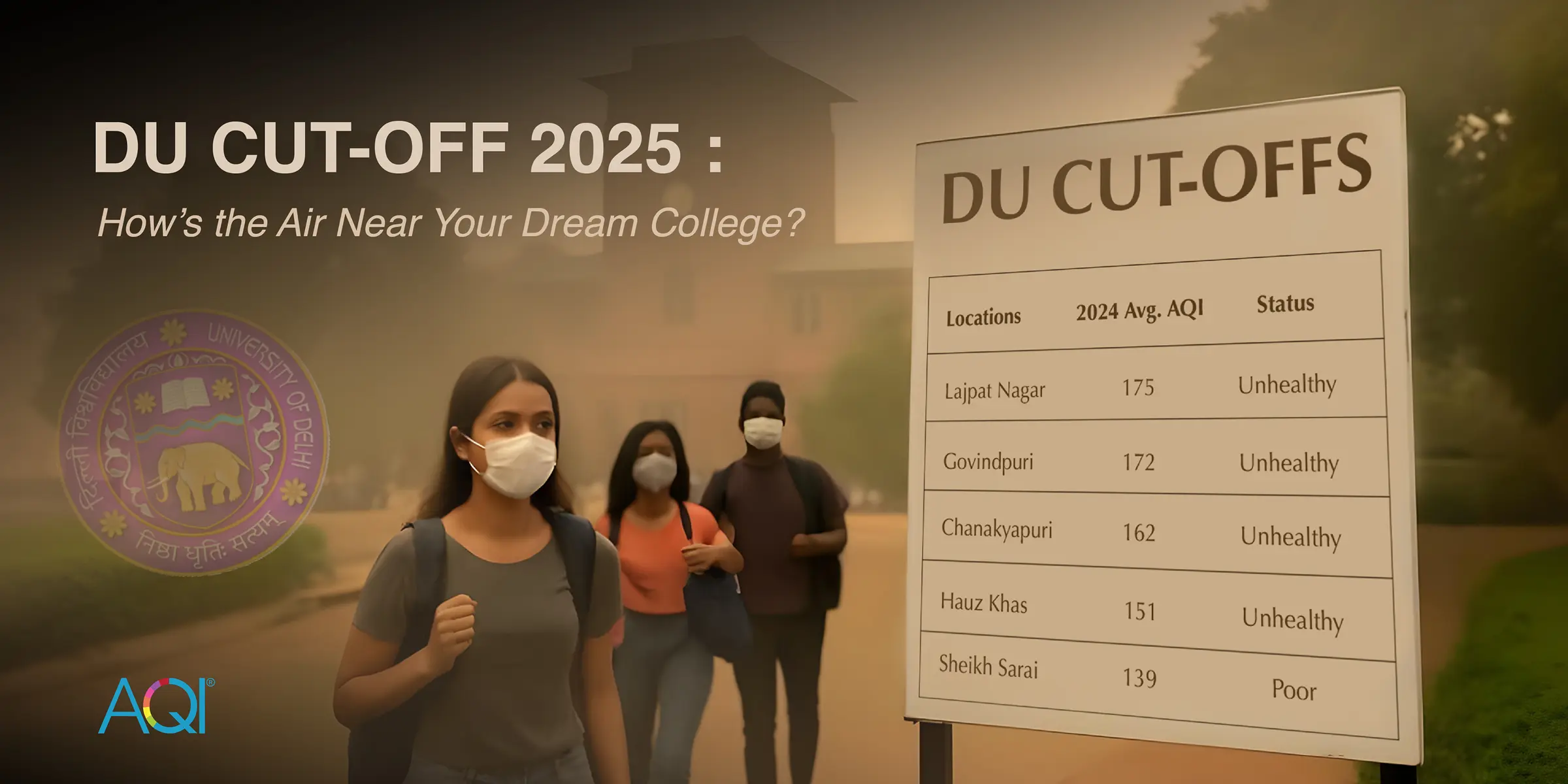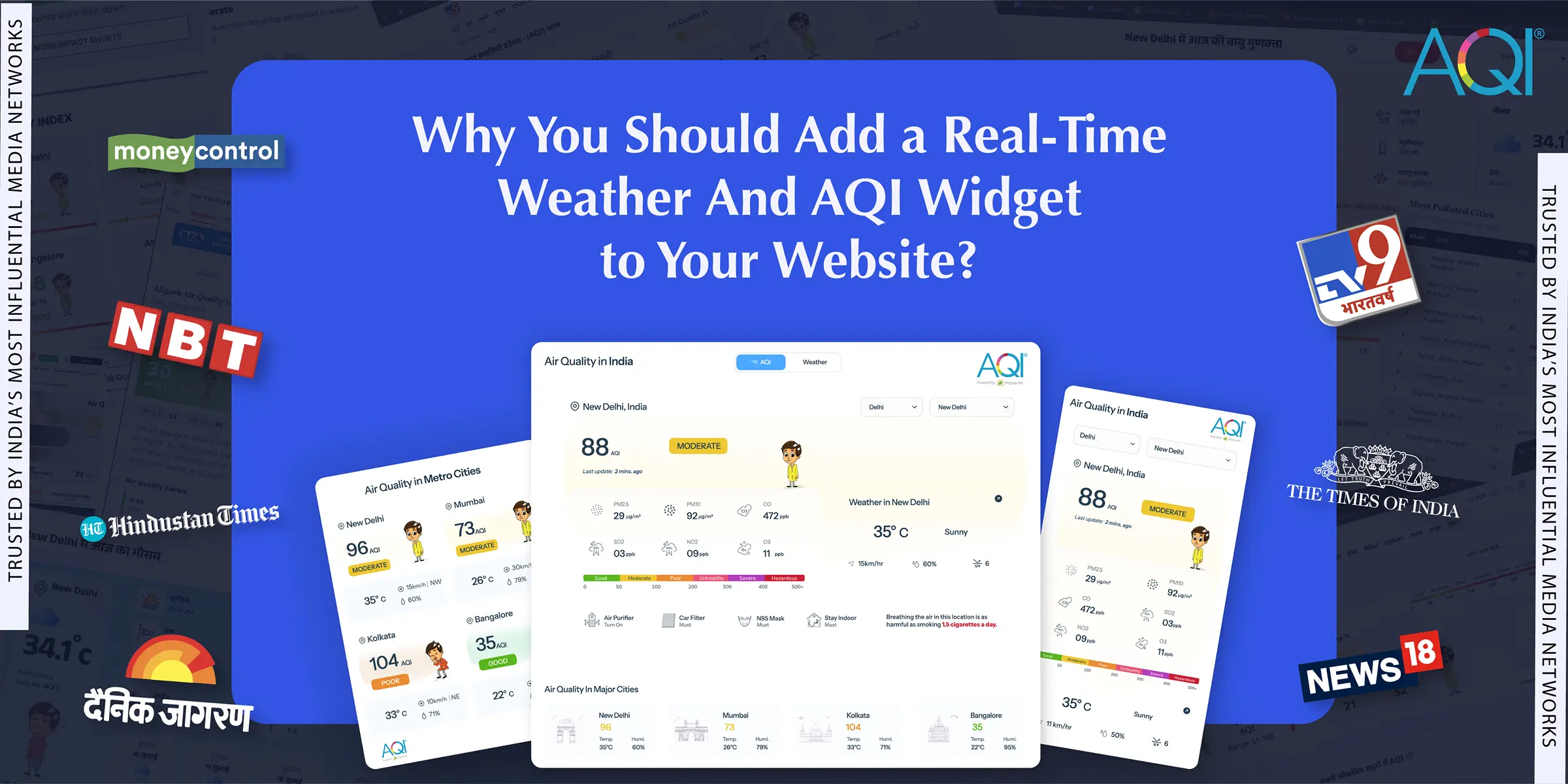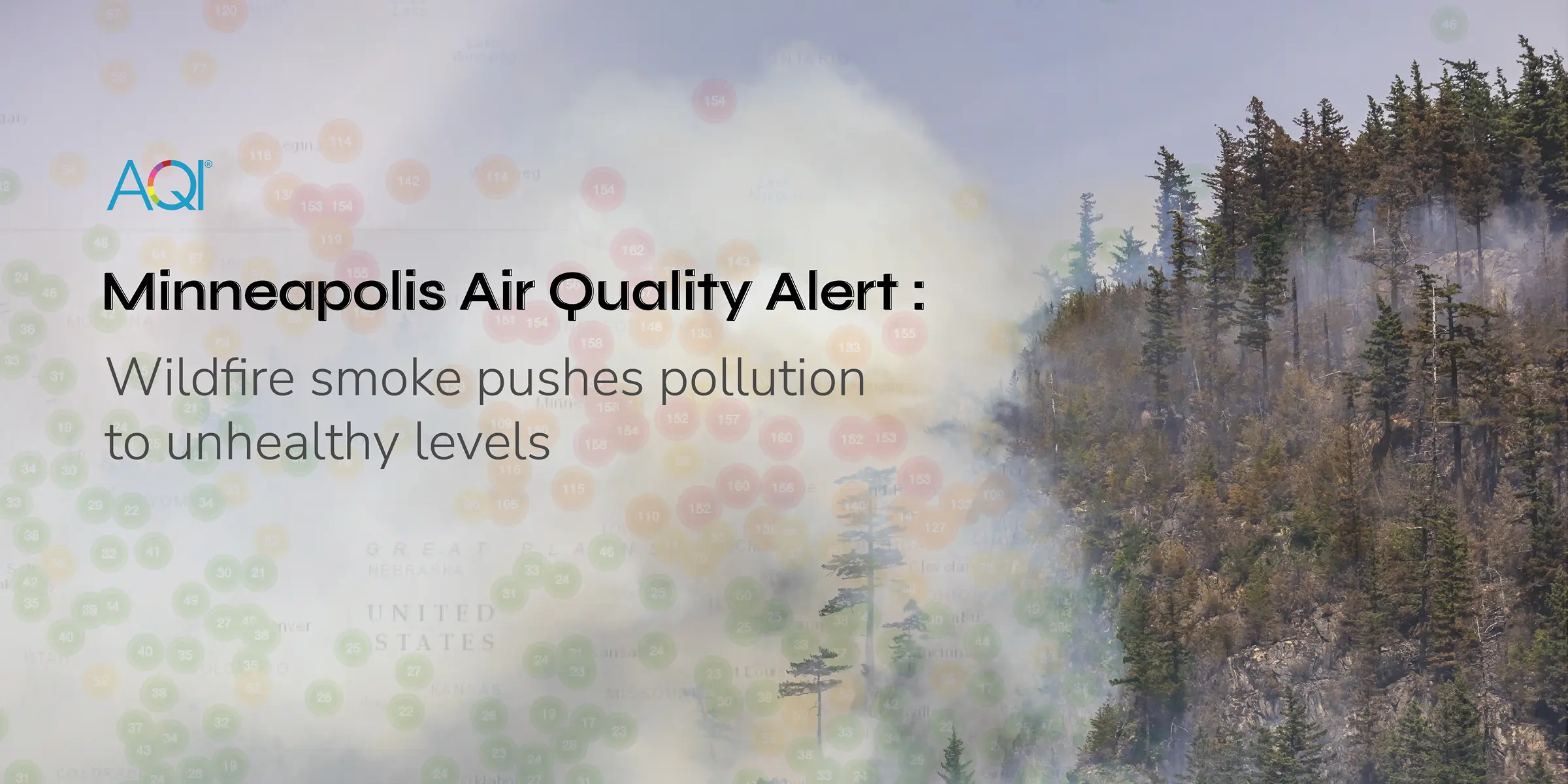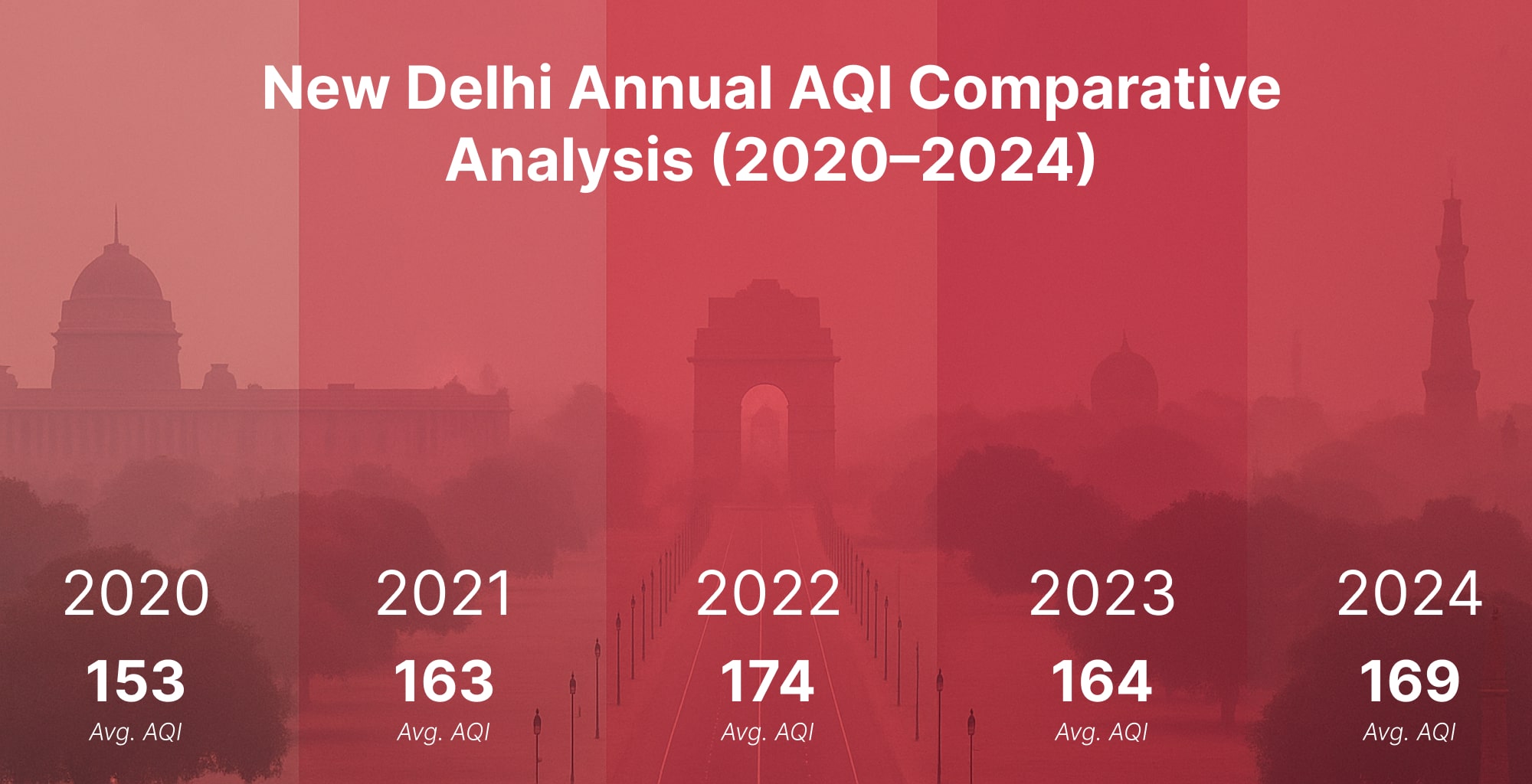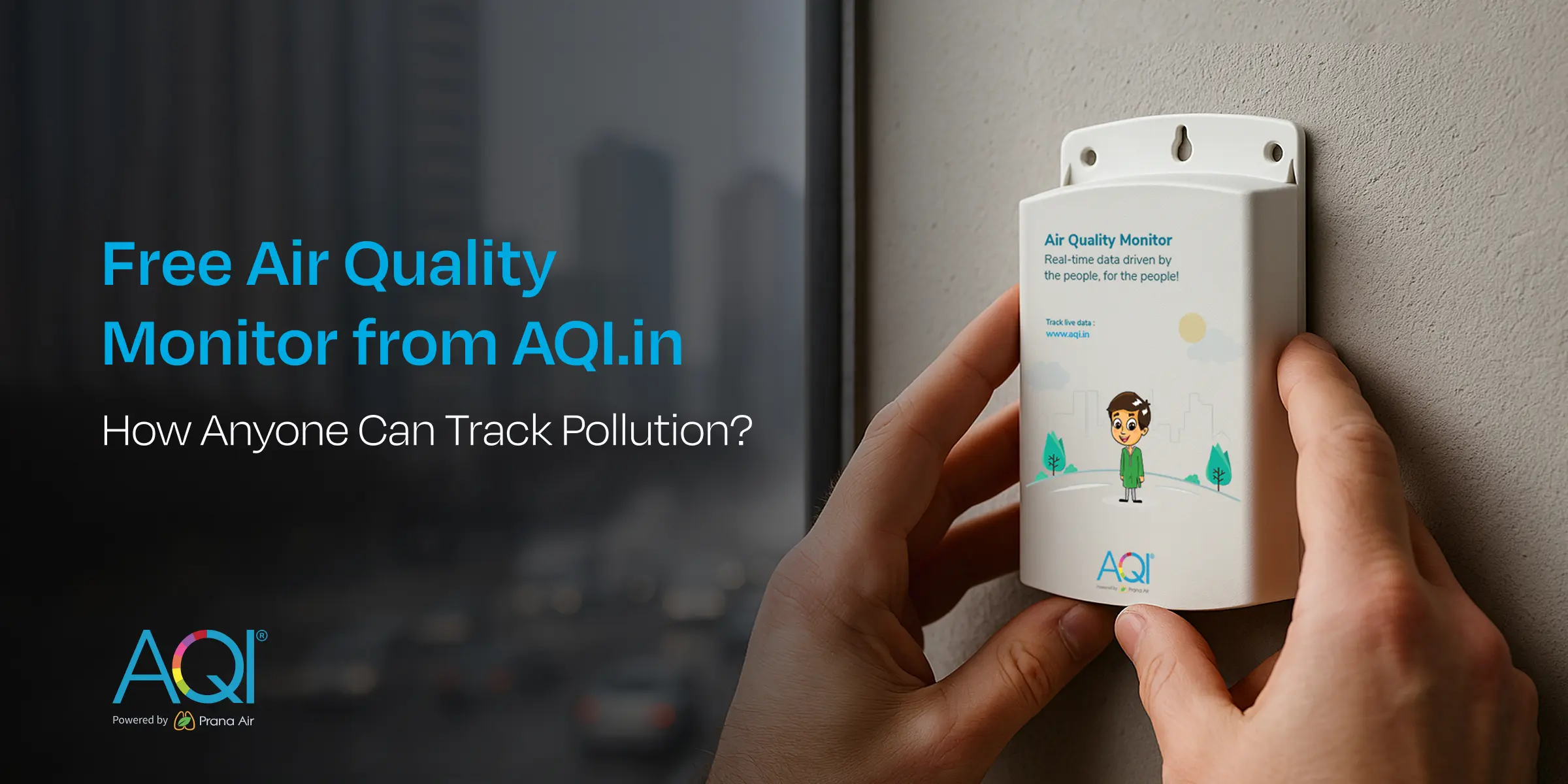New Delhi Air Quality Index (AQI) | Air Pollution
Real-time PM2.5, PM10 air pollution level in Delhi
Last Updated: 2025-08-29 12:25:47 PM (Local Time)


29 °C
Moderate or heavy rain with thunderNew Delhi
AQI Graph
Historical Air Quality Data
New Delhi

Download 2024 Annual Data
World Air Quality Report

AQI Trends - Annual Air Quality Changes
New Delhi, Delhi, India
Annual AQI Trends
Most & Least Polluted Months
* This data analysis is from year 2020 - 2025
Delhi Air Quality - Video Streaming
Watch the Real time changing of Air Quality in Delhi- PM2.5, PM10, Noise, Temperature and Humidity
New Delhi's Locations
Real-time Air Pollution Level
India's Metro Cities
Air Quality Index
Air Quality Calendar 2025
New Delhi
Health Advice For People Living In
New Delhi
1.9Cigarettes per day

Breathing the air in this location is as harmful as smoking 1.9 cigarettes a day.
Source:
Berkeley Earth
Solutions for Current AQI
- Air PurifierTurn On
- Car FilterMust
- N95 MaskMust
- Stay IndoorMust
Must turn on the air purifier to enjoy fresh air.
Get an Air PurifierPrevent Health Problems: Understand Your Risks
New Delhi
Asthma
Heart Issues
Allergies
Sinus
Cold/Flu
Chronic (COPD)

Mild Chances of Asthma
Asthma
Risk of Asthma symptoms is Mild when AQI is Moderate (50-150)
Moderate symptoms including frequent wheezing, noticeable shortness of breath, chest tightness, and persistent cough.
Do's :
Limit outdoor activities when AQI is poor.
Clean indoor air with an air purifier to reduce exposure.
Soothe the respiratory tract with herbal teas or warm water to help alleviate symptoms.
Don'ts :
Exercise outdoors without a mask.
Stay in smoky areas with strong fumes.
Most Polluted Cities 2025
India
Analyze the real-time most air polluted cities in the country.
Standard Value
1.
Bharatpur, India
2.
Greater Noida, India
3.
Vrindavan, India
4.
Lucknow, India
5.
Fatehpur Sikri, India
6.
Jalor, India
7.
Mathura, India
8.
Phalodi, India
9.
Hathras, India
10.
Ajmer, India
Last Updated: 29 Aug 2025, 07:00 AM
AQI City RankingsAbout New Delhi Air Pollution
New Delhi Monthly AQI Analysis
Explore the AQI changes as a comparison from the past month, as well as how it differs from the same month last year
Aug. 2024 vs Aug. 2025
Compared to Aug. 2024, the AQI in Aug. 2025 remained in the same category.
Jul. 2025 vs Aug. 2025
AQI levels remained the same from Jul. 2025 to Aug. 2025 in the 'Moderate' category.
New Delhi's annual 2025 AQI (140) shows an average percentage change of -15.01% (improved AQI) compared to previous years: 2020 (153), 2021 (162), 2022 (174), 2023 (164), 2024 (169).
Air Quality Solutions For New Delhi
Explore the solutions of air quality monitoring & clean air.
Here are some applications that you can go through to find out the solutions.
New Delhi's AQI Data Analytics Solutions
Air quality data monitoring platforms

Your area’s real-time data with detailed parameters.
Personalized health advice as per current AQI.
Analytical data to identify trends and conditions.
Connect and control your air quality devices.
Air Quality FAQs
at New Delhi
Frequently Asked Questions About Air Quality
What is the current AQI level in New Delhi?
The current real-time AQI level in New Delhi is 77 (Moderate) due to recent rainfall by 0.86mm/hr. This was last updated 2025-08-29 12:25:47 PM (Local Time).
When was the best AQI level in New Delhi in the last 24 hours?
The best AQI level was 91 (Moderate) at 12:09 PM (Local Time) during the last 24 hours.
When was the worst AQI level in New Delhi in the last 24 hours?
The worst AQI level was 146 (Poor) at 12:39 PM, Aug 28, 2025 (Local Time) during the last 24 hours.
What is the current trend of AQI levels in New Delhi during last 24 hours?
The AQI levels in New Delhi have been fluctuating throughout the last 24 hours. The levels have increased by highest 146 at 12:39 PM, Aug 28, 2025 (Local Time), lowest 91 at 12:09 PM (Local Time).
What actions are recommended as per the current AQI level in New Delhi?
Current AQI levels are acceptable; however, some pollutants may be a concern for a small number of sensitive individuals.
Recent AQI Blogs
Read the latest news
Here are some latest blogs that you can go through to find out more air pollution.

